
Pulsar P150 vs Apache RTR 160 2V - Comparison Review
- Dec 23, 2022
- Views : 6554

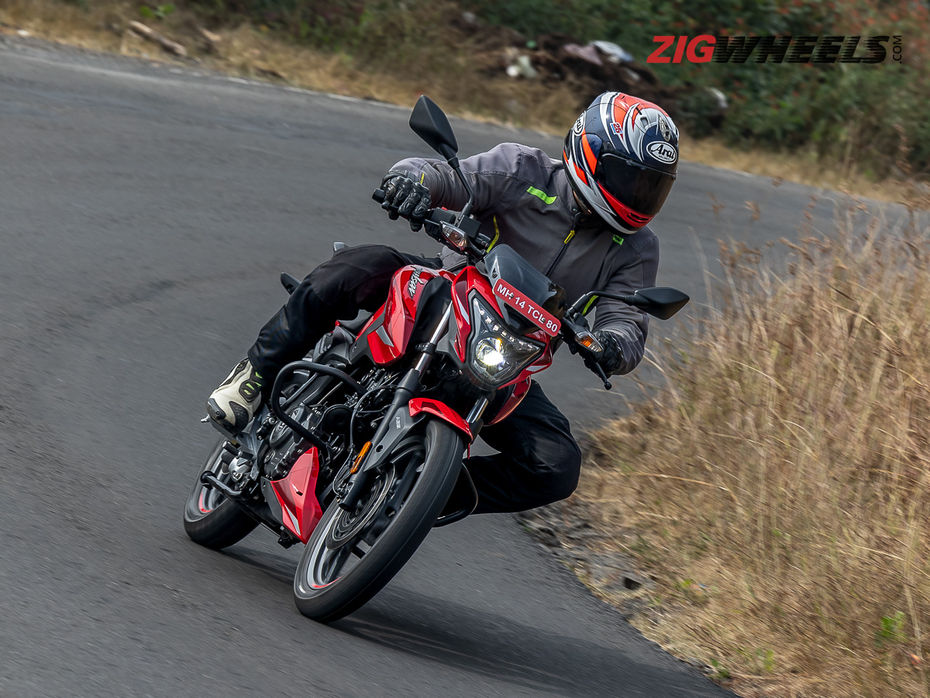
They say that the birth of a new Pulsar is always something special. That would mean we’re indeed living in very special times since we’ve got four new Pulsars in a little over a year. But the Pulsar P150 is the most special Pulsar yet, and that’s because it's replacing the most popular Pulsar ever - the Pulsar 150. And technically this is the first all new Pulsar 150 since the original debuted two decades ago. Because for the first time since 2002, Bajaj has given the Pulsar 150 a new engine, chassis and design all at once. So that’s quite the legacy to live up to, right?
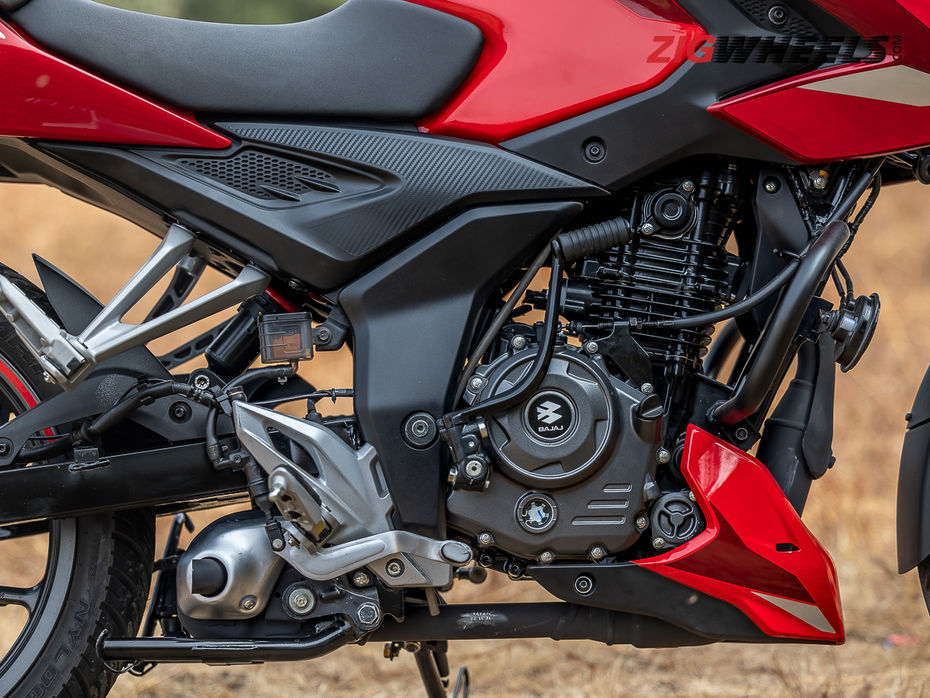
The first thing that makes the P150 all-new is its 150cc single-cylinder air-cooled engine. But technically this motor isn’t “new new”, it’s been derived from the Pulsar N160, which has been bored and stroked down to match the bore x stroke figures of the last gen Pulsar 150. WIth 14.5PS and 13.5Nm on tap, it’s certainly not the most powerful motor in the segment. But it’s all about usable torque, making 95 percent of its peak torque from 3500 to 8500rpm.
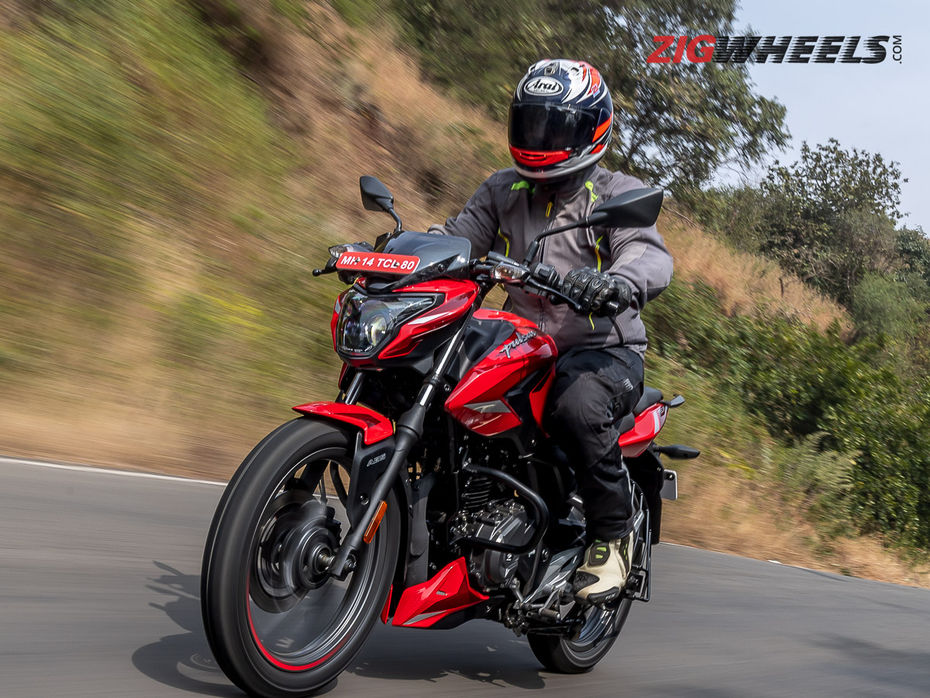
This enables the P150 to pull from speeds as low as 25kmph in fifth gear, and if you’re riding in light traffic conditions in the city, you can easily stay in fifth all the time. If you do need to shift though, the slick gearbox and light clutch makes short work of that. While all this makes the P150 a delight in urban conditions, it isn’t as great on the highway. Sure, it can cruise comfortably at 80kmph, and will top out at a little over 100kmph. But at that speed, the engine does feel quite screamy.
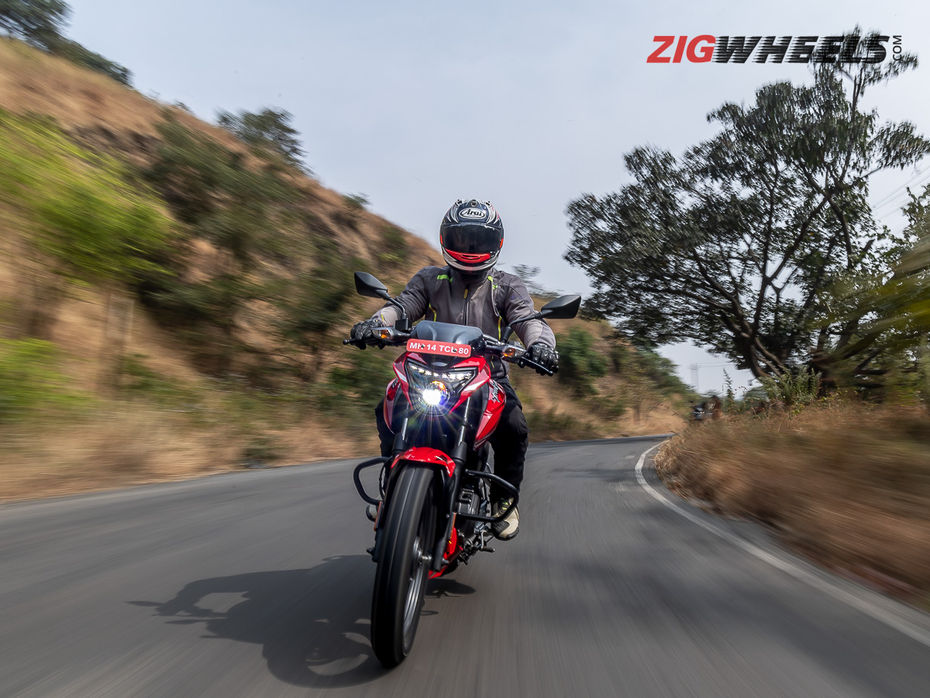
Which brings us to Bajaj’s claim that this is the smoothest Pulsar ever. While it's true for the most part, after around 6500rpm, you do start to feel a buzz in the handlebar and past 8000rpm, that buzz can be felt in the foot pegs too. At higher revs, refinement levels are more akin to the Pulsar N160. But thankfully, there are no vibrations felt in the seat, tank or any other part of the bike. So this is definitely ONE of the smoothest Pulsars ever.
The immense tractability of this motor helps it get a fairly good efficiency of 49.7 kmpl in the city. But since it ends up revving quite high at highway speeds, the efficiency drops here ever so slightly to 48.8kmpl. A sixth gear would’ve really helped the P150’s case here.
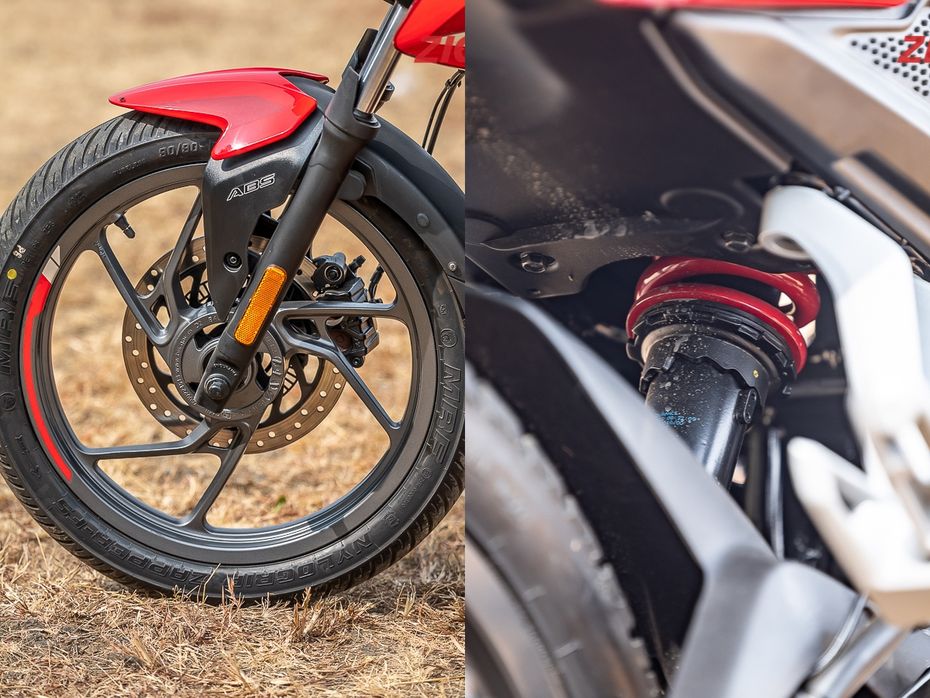
The other thing that’s all-new on this P150 is the frame, which hasn’t been borrowed from the N160 or any other Pulsar for that matter. This new chassis, along with the new wheels, the new engine and slightly smaller fuel tank makes this P150 about 9-10 kg lighter than the last gen Pulsar, tipping the scales at 140kg for the Single Disc variant and 141kg for the Twin Disc.
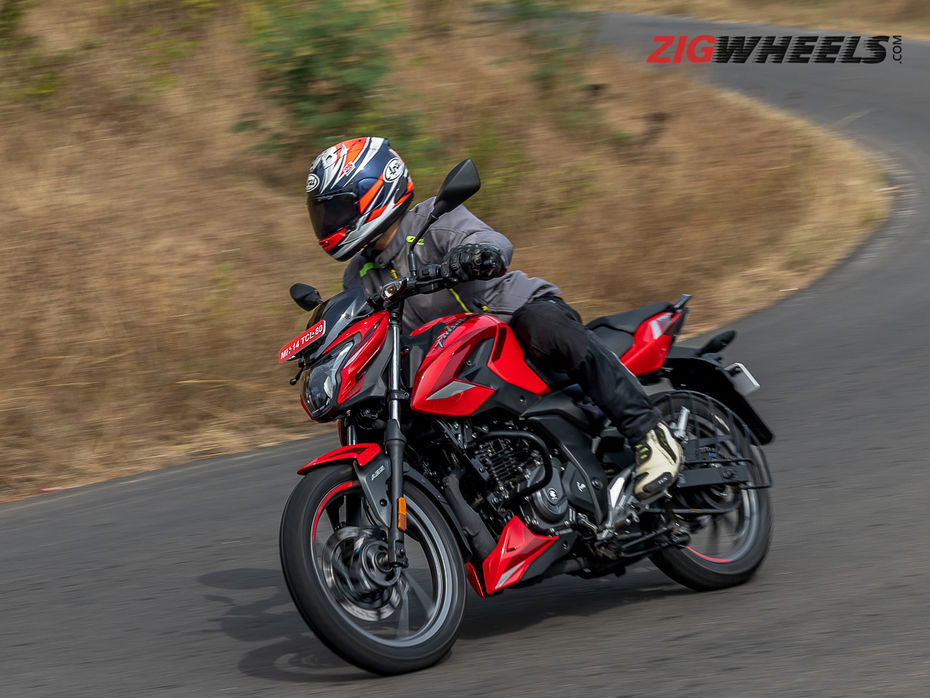
This light weight really shows in the bikes handling. Although its wheelbase of 1352mm isn’t exactly short for a bike of this class, the P150 feels extremely nimble when tossing it around from side to side. When negotiating your way through tight city traffic, this ability is an absolute godsend, and even around corners, it’s pretty good. What holds it back from being a great cornering machine though is its soft suspension. It’s not a major hindrance in any case, and it does soak up mid corner bumps really well. But when you start pushing it hard, the font end can feel a little vague - acceptable considering its primarily meant to be a urban motorcycle.

Speaking about suspension, this is the first Pulsar 150 that gets a mono shock at the rear. But even with a mono shock, the rear wheel travel has actually been increased to 130mm (front stays the same at 135mm), which is about 25mm more than that of the last gen Pulsar 150, which had twin shocks. So it can afford to be set fairly soft without bottoming out over large bumps. This softness makes the ride quality simply phenomenal, flattening any bad road you can throw at it.
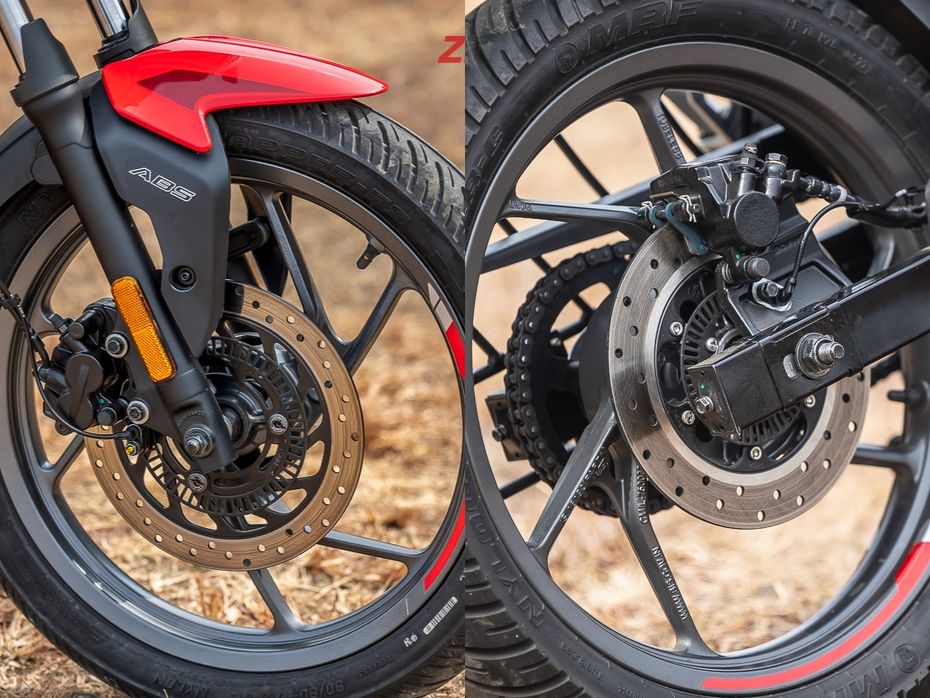
And speaking about breaking a sweat, the brakes on the P150 offer great progression, but lack a little initial bite. This is something commuter riders might appreciate, but enthusiasts certainly won’t. The twin disc variant we teste, with its 260mm front and 230mm rear disc pulled to a halt from 60kmph in just 16.17m and from 80kmph in 29.32m… extremely commendable for any bike actually.

While the most obvious update to this Pulsar P150 is its design, it does look rather derivative of the Pulsar N160. And that’s because both bikes share nearly every panel. It’s still a pretty handsome bike and especially in this red colour reminds us a little of the Pulsar 135 LS , which isn’t a bad thing at all. And with its underbelly exhaust, the bike gets a very slim profile, which does make it feel a little small.
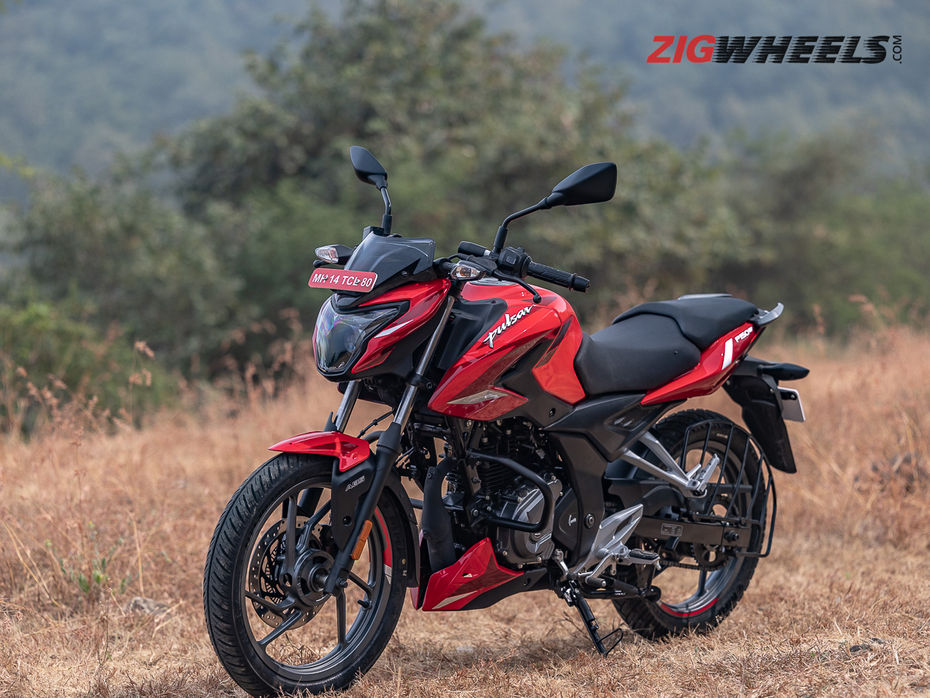
This small feel is great when you get on the bike, because it really feels light to move around with your feet, and with a low seat height of 790mm getting your feet on the ground is no problem at all. That said, if you’re really tall, the P150 might feel a little small for you. But if you’re anywhere from below average to a little above average height, it should be a great fit. But whether you’d find the bike comfortable depends on what variant you pick.

The difference between the Twin Disc and Single Disc variants extends to more than just the rear brake setup. The Twin Disc gets clip-on handlebars which are set lower, angled downward and inward, compared to the Single Disc’s one-piece handlebar. Even the foot pegs of the Twin Disc are set about thre inches further back and about an inch higher compared to those on the Single Disc. And the Twin Disc’s split seat setup, although wide enough, has firmer cushioning compares to the Single Disc’s one-piece seat. All these differences make the Twin disc’s riding position a lot sportier than the Single Disc’s, and while that might appeal to younger riders wanting a sporty bike, most commuter buyers will be more comfortable on the Single-Disc variant. Plus the tyres on the Single Disc (Front: 80/100-17 Rear: 100/90-17), although skinnier than the Twin Disc’s rubber (Front: 90/90-17 Rear: 110/80-17), are taller in profile, so we assume the Single Disc will ride better too.
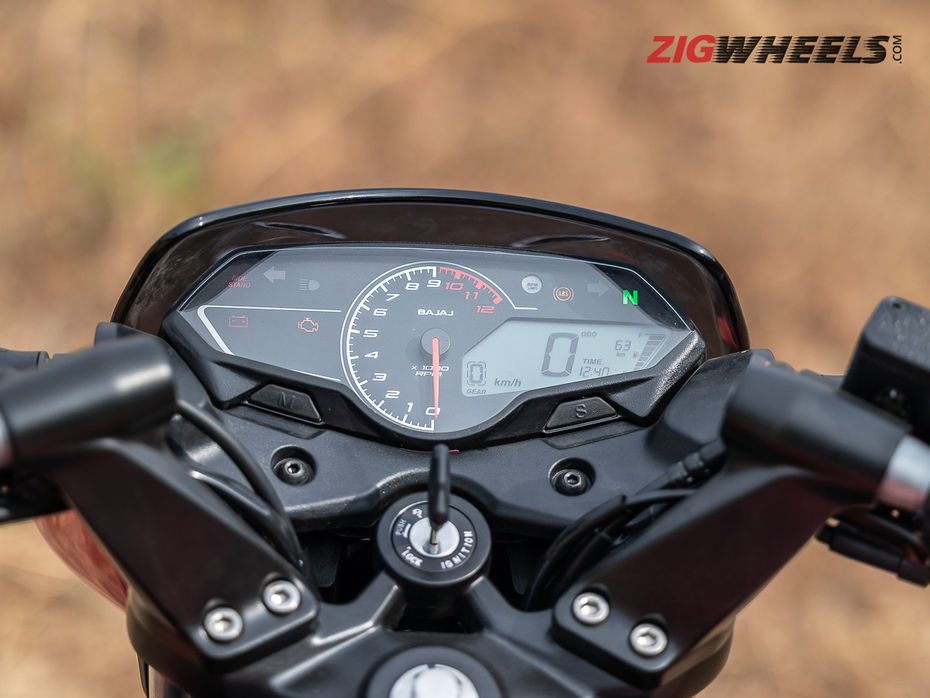
Both variants of the P150, the Twin Disc and Single Disc, get only single-channel ABS. Apart from the other differences between the two variants mentioned before, the Twin Disc also features a cool looking split grab rail, while the Single Disc gets a single-piece unit. The P150 also gets the same infinity style semi digital instrument cluster that was first seen on the Pulsar 250s, and it does have a gear position indicator, along with instantaneous fuel efficiency and distance-to-empty indicators. This is a good looking screen, but unfortunately, the visor over the headlight hides the infinity effect of this instrument cluster. Thankfully though, there’s a well placed USB charger located directly south of the instrument cluster. But what makes the P150 really stand out is its LED projector headlight - a first for this segment!
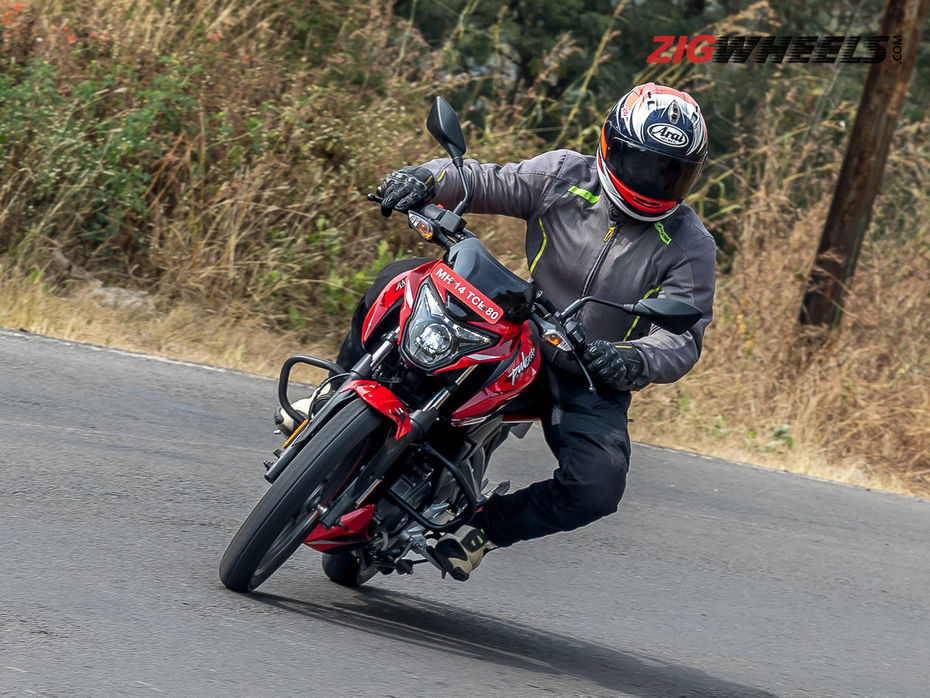
Honestly, this P150 feels like a giant leap forward from the last gen Pulsar 150. And priced at Rs 1,16,755 for the Single Disc and Rs 1,19,757 for the Twin Disc, it’s only about Rs 5,500 more expensive than the same variants of the outgoing Pular 150. On top of that, it undercuts most of its competition as well, making it a great value proposition.
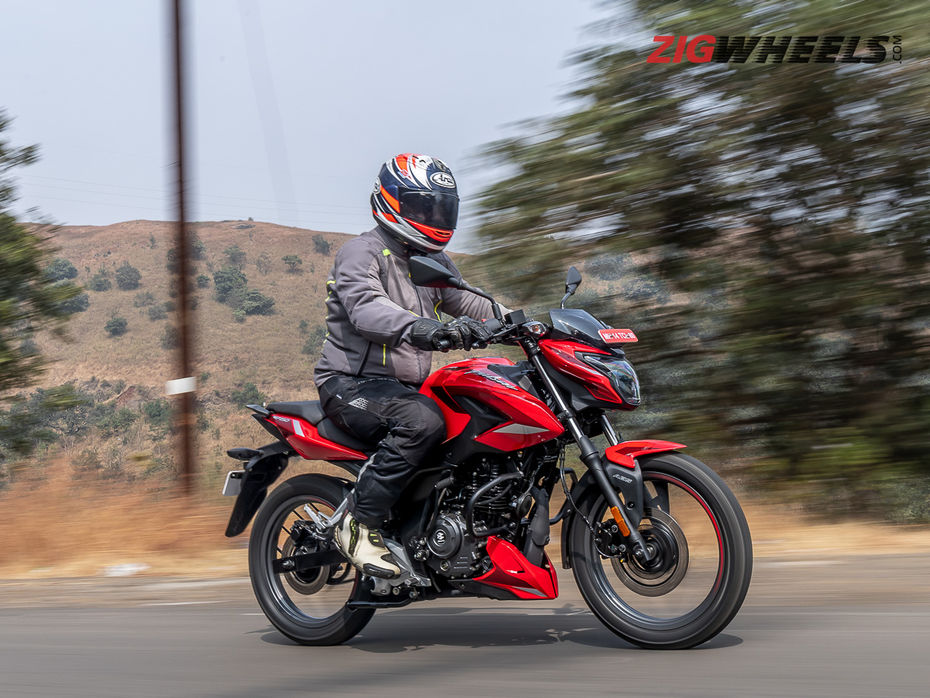
But there’s a conundrum here. The Twin Disc P150 is just Rs 3,500 cheaper than the Single channel ABS version of the Pulsar N160. And with a riding position just as sporty as the N160, it becomes difficult to justify the P150 Twin Disc. Those looking for a sporty little bike might be better off paying the extra amount and getting the extra performance of the N160. But for most people who are looking for a great looking, slightly sporty 150cc commuter that’s easy to ride and easy on their wallets as well, our recommendation would be the Pulsar P150 Single Disc.

Pulsar P150 vs Apache RTR 160 2V - Comparison Review

TVS Apache RTR 160 2V Road Test Review: It Just Wants To Have Fun

Hero Xtreme 125R First Ride Review

India’s Best 160cc Sporty Commuter Is…

Bajaj Pulsar N160 First Ride Review: Pulsarmaniacs Rejoice
 TVS Apache RTR 160
TVS Apache RTR 160
 Hero Xtreme 125R
Hero Xtreme 125R
 Bajaj Pulsar NS 125
Bajaj Pulsar NS 125
 Bajaj Pulsar N160
Bajaj Pulsar N160
 Bajaj Pulsar 150
Bajaj Pulsar 150
India's largest automotive community
 Bajaj Pulsar NS200
Rs. 1.58 Lakh
Bajaj Pulsar NS200
Rs. 1.58 Lakh
 Bajaj Pulsar 125
Rs. 83,846
Bajaj Pulsar 125
Rs. 83,846
 Bajaj Pulsar NS 125
Rs. 1.01 Lakh
Bajaj Pulsar NS 125
Rs. 1.01 Lakh
 Bajaj Pulsar NS160
Rs. 1.47 Lakh
Bajaj Pulsar NS160
Rs. 1.47 Lakh
 Bajaj Pulsar N160
Rs. 1.33 Lakh
Bajaj Pulsar N160
Rs. 1.33 Lakh
 Bajaj Chetak
Rs. 1.20 Lakh
Bajaj Chetak
Rs. 1.20 Lakh
![Bajaj Chetak [2020 - 2024] Bajaj Chetak [2020 - 2024]](https://media.zigcdn.com/media/model/2024/Sep/bajaj-chetak-2025-right-side-view_135x90.jpg) Bajaj Chetak [2020 - 2024]
Rs. 99,998
Bajaj Chetak [2020 - 2024]
Rs. 99,998